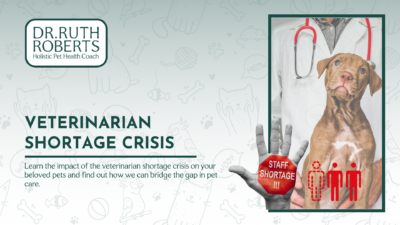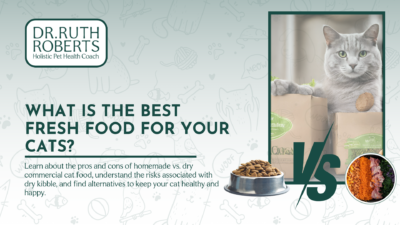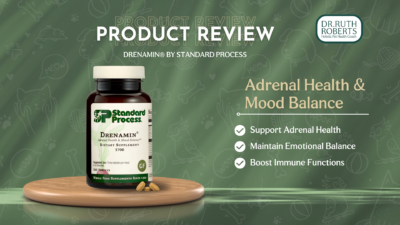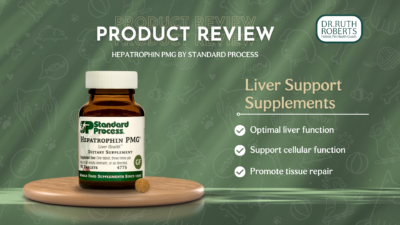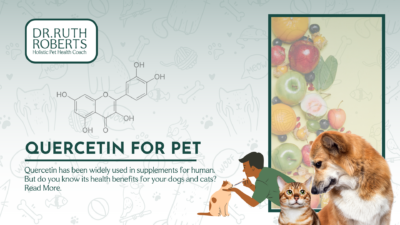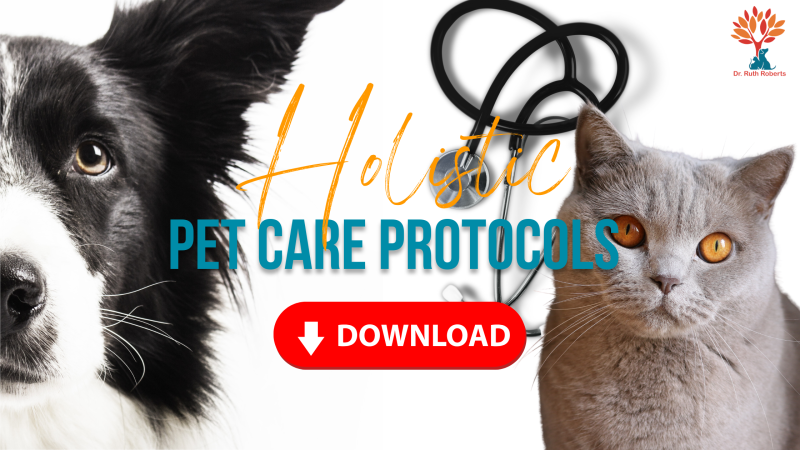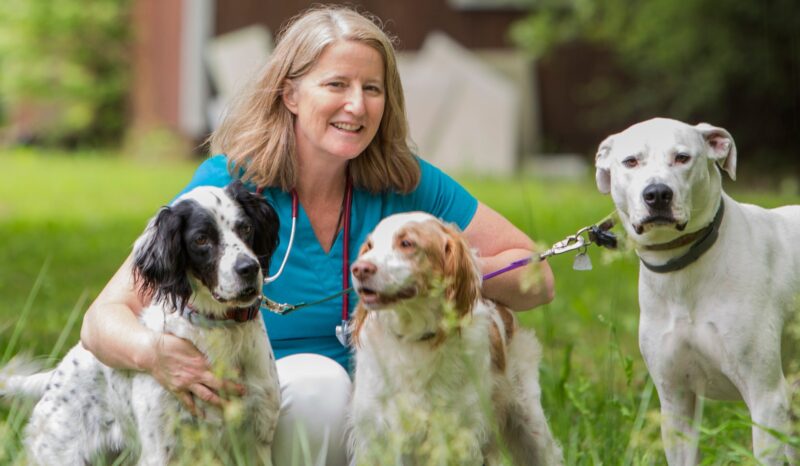
Home dental exams for your dog are important for overall health.
If this isn’t a routine habit in your dog’s at-home care, you’re among the majority of pet owners who consider this a daunting and time-consuming task.
The unpleasant chore of holding your dog down to pry apart his jaws and examine his teeth just isn’t on your list of fun things to do.
After all, your vet checks your pooch’s teeth at his annual vet visit.
That’s enough, right?
Wrong.
Your dog’s teeth are a major indicator of health and should be checked, by you, on a regular basis to ensure proper dog oral hygiene.
Learning how to spot the following indicators of poor health in your dog’s mouth now can save her the stress of major health issues down the road.
Don’t miss out on detecting these common doggy issues by performing regular at-home exams.
 Bad breath is common among dogs. In fact, even a healthy dog’s breath isn’t going to smell like rose petals.
Bad breath is common among dogs. In fact, even a healthy dog’s breath isn’t going to smell like rose petals.
You need to become concerned if it gets to the point that you can’t sit next to your dog without gagging due to the smell of his breath.
This stink is caused by plaque buildup from poor dental hygiene.
It’s easy for bacteria to form on excess plaque buildup.
These bacteria will certainly cause your dog’s mouth to stink.
If left untreated, excess plaque buildup will lead to more severe canine dental problems, such as gingivitis.
If plaque buildup isn’t the cause of your dog’s bad breath, it’s possible that one of the following health issues might be:
Diabetes: If your dog’s breath has a stinky but sweet smell to it, diabetes could be the cause. Diabetes is also accompanied by more frequent drinking and urination. Watch your pet for these three signs.
- Kidney Problems: If your dog’s breath smells like urine, she’s probably experiencing kidney problems, which are very serious. Consult your vet immediately.
- Liver Problems: If your dog’s bad breath is accompanied by vomiting, liver disease could be the problem. Once again consult your vet immediately.
Swollen Gums
Swollen gums are a red flag that your dog has serious dental problems.
You can alert yourself to these problems early by check your dog’s mouth. Make sure you examine all the way to the back of the mouth on the big chewing teeth.
When your dog’s gums are red and swollen around specific teeth, abscessed teeth are likely the issue.
Left unattended, these abscesses can cause serious eye infections, tooth loss, and jaw damage.
Swollen gums are also a sign of gingivitis, the first stage of gum disease.
Dogs that develop gum disease are at risk for kidney damage, liver damage, heart damage, and tooth loss.
Don’t put your pet at risk. Check your dog’s gum health on a weekly basis.
Tumors or Cysts

Performing regular dental exams on your dog gives you the opportunity to screen for dangerous tumors or cysts that can develop.
It’s important to focus your attention on your dog’s tongue, jaw, and gums.
Don’t panic if you find a growth inside your pet’s mouth.
It’s actually more common to find growths than you’d think.
The good news is that most of the time the growths we find are benign.
On the chance that a tumor or cyst isn’t benign, early detection through regular exams is key.
Detecting abnormalities early gives your pooch the best possible chances for treatment.
How to Perform a Dental Exam
By now it should be clear to you how important it is to monitor the health of your dog’s mouth. You simply must do it on a regular basis.
Unfortunately, this is sometimes easier said than done.
The following tips will help you easily and effectively perform an at-home dog dental exam.
Timing Is Everything
It’s best to pick a time during the day when your pet is sleepy and relaxed.
The more comfortable your pet is, the more relaxed the exam is going to be.
I would suggest waiting until after your dog has had a trip to the park or a long walk around the neighborhood.
Start Slow
Don’t expect your dog to instantly be ok with you shoving your fingers in his mouth.
Start slow.
Hold your dog and gently lift her gums to expose the teeth.
When your dog relaxes and allows you to touch her mouth without struggle, make sure you reward her.
Rewards are key to establishing the idea to your dog that dental exams are fun.
Understand that it might take a few weeks for this to happen.
Evaluate Your Dog’s Teeth and Gums
Once your dog is comfortable with your prodding inside her mouth, you can do a more thorough evaluation.
First examine the gums by gently inserting your finger and rubbing it across your dog’s gum tissue.
If the gums are sore to the touch, he will be sure to let you know.
You also need to take visual notes as you go.
Look for abnormal coloration and unusual growths.
Once you’ve determined that the gums look healthy, take a closer look at the teeth.
It’s common to find plaque buildup around the base of teeth.
You can easily get rid of the excess plaque by brushing your dog’s teeth.
You can use a human toothbrush to help scrub some of the buildup away.
Gentle circular motions with the toothbrush will lift plaque buildup off the teeth and leave your dog’s teeth healthy and white. If your dog doesn’t enjoy the feeling of a toothbrush, chicken- or beef-flavored dog toothpaste might help. Despite your best efforts, it’s possible your dog may never accept the feeling of a toothbrush on his teeth. This is no excuse to leave dangerous plaque buildup in your dog’s mouth. There are actually many amazing supplements you can incorporate into your pet’s diet to help keep plaque at a manageable level. I personally suggest adding Plaqueoff to your pet’s diet. Simply add this all-natural seaweed-based supplement into her food once or twice a day to help reduce dental plaque and tartar. The best part? Plaqueoff kills the bacteria that causes tartar accumulation and bad breath and makes your pet kissable again!
Share these tips for performing at-home dental exams for your pets with your friends on Facebook!


